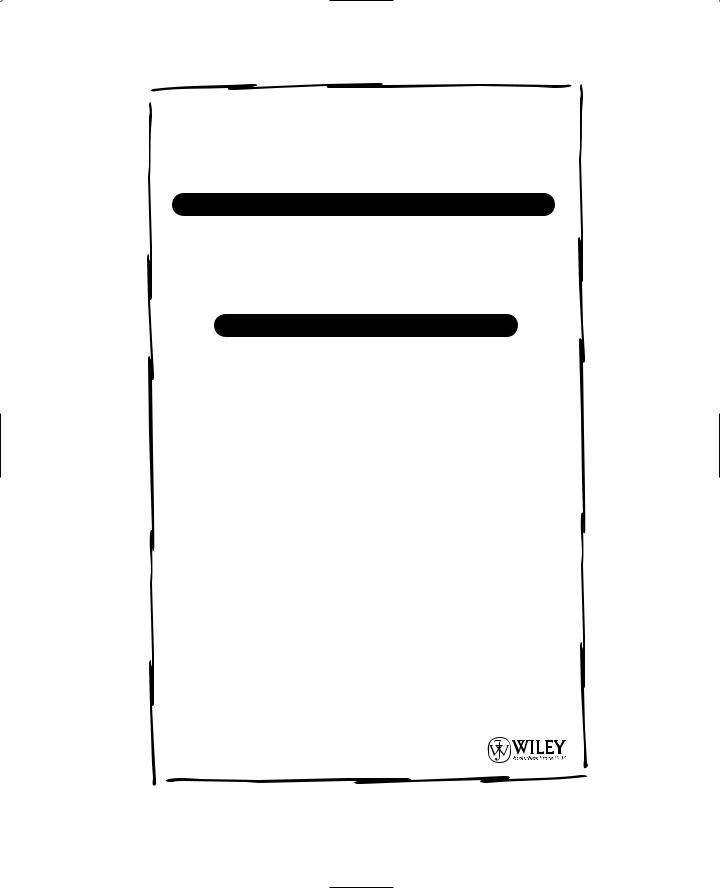
Mastering Enterprise JavaBeans™ and the Java 2 Platform, Enterprise Edition - Roman E
..pdf






CUSTOMER NOTE: IF THIS BOOK IS ACCOMPANIED BY SOFTWARE, PLEASE READ THE FOLLOWING BEFORE OPENING THE PACKAGE.
This software contains files to help you utilize the models described in the accompanying book. By opening the package, you are agreeing to be bound by the following agreement:
This software product is protected by copyright and all rights are reserved by the author, John Wiley & Sons, Inc., or their licensors. You are licensed to use this software as described in the software and the accompanying book. Copying the software for any other purpose may be a violation of the U.S. Copyright Law.
This software product is sold as is without warranty of any kind, either express or implied, including but not limited to the implied warranty of merchantability and fitness for a particular purpose. Neither Wiley nor its dealers or distributors assumes any liability for any alleged or actual damages arising from the use of or the inability to use this software. (Some states do not allow the exclusion of implied warranties, so the exclusion may not apply to you.)
Using the CD-ROM
Your system must meet the following requirements.
Platform/Processor/Operating System
Windows NT (recommended), Windows 95/98, or UNIX
RAM
64 MB
Hard Drive Space
400 MB
Peripherals
Internet connection for downloading necessary packages, and for source code updates
Installation Notes
Insert the CD-ROM into your computer. Then refer to the README file on the CD-ROM’s root directory.
TO ENSURE SUCCESS, YOU MUST FOLLOW THE README INSTRUCTIONS EXACTLY.

Special Benefits to readers of
Mastering Enterprise JavaBeans:
Free EJB/J2EE news, design strategies, and more.
We’ve been hard at work building a web site where developers can share EJB/J2EE design strategies, application server comparisons, and hear the latest news in the middleware industry.
Best of all, it’s free. Visit us at http://www.TheServerSide.com.
Special 10% off training or consulting
At The Middleware Company, our top experts specialize in building well-designed, scalable, and maintainable EJB and J2EE systems. We reduce project risk levels and accelerate time-to- market by:
•Training developers on EJB, JSP, Servlets, JNDI, JMS, XML, and RMI-IIOP.
•Architecting a re-usable J2EE object model using UML with your staff.
•Advice on the right application server for your business problem.
•Jumpstarting your project by developing a prototype system with you, including a build process, a testing process, and code reviews.
•Rearchitecting existing deployments for scalability, maintainability, and reliability
For complete information, visit our web site at:
http://www.middleware-company.com
Or contact us at: info@middleware-company.com
Mention promotion code M101 for the discount.




 M A S T E R I N G E N T E R P R I S E J A V A B E A N S
M A S T E R I N G E N T E R P R I S E J A V A B E A N S


 M A S T E R I N G E N T E R P R I S E J A V A B E A N S
M A S T E R I N G E N T E R P R I S E J A V A B E A N S


 M A S T E R I N G E N T E R P R I S E J A V A B E A N S
M A S T E R I N G E N T E R P R I S E J A V A B E A N S